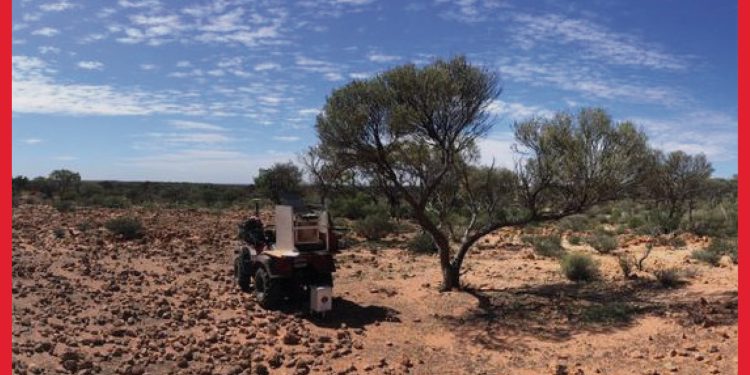St George Mining Limited (ASX: SGQ) has announced exciting new targets including potential carbonatites and mafic intrusions following further exploration at the Destiny Project (100% St George), in the Eastern Goldfields region of Western Australia.
St George has completed two drill programmes at Destiny – both of which intersected thick, clayhosted REE mineralization. Grades of total rare earth oxide (TREO) at Destiny are up to 5,125ppm with intervals of high-grade mineralization up to 42m thick. Mineralization has been confirmed along a strike length of 10km tested to date.
Four of the magnetic features are circular-shaped, from 0.9km to 2.7km diameter, and were identified by the detailed magnetic survey flown by St George in late 2023.
The grades and thickness of the REE mineralization supports the potential for further mineralization across the large, untested areas of the clay zone – which remains open in all directions within a prospective structural zone that extends for more than 70km along the Ida Fault.
Further, at least two of the features at Destiny have characteristics similar to known mineralized carbonatites in Western Australia – including the Mt Weld Project of Lynas Rare Earths (ASX: LYC) and the Luni carbonatite of WA1 Resources (ASX: WA1) – which present as distinctive geophysical features along major crustal structures.
The company will now complete grid-spaced gravity surveys over the large C1, C3, and C4 targets, and drilling will be scheduled once further gravity data is assessed, likely in early H2 2024.
To find out more, please visit www.stgm.com.au
To read more articles like this, please visit www.theassay.com/news












